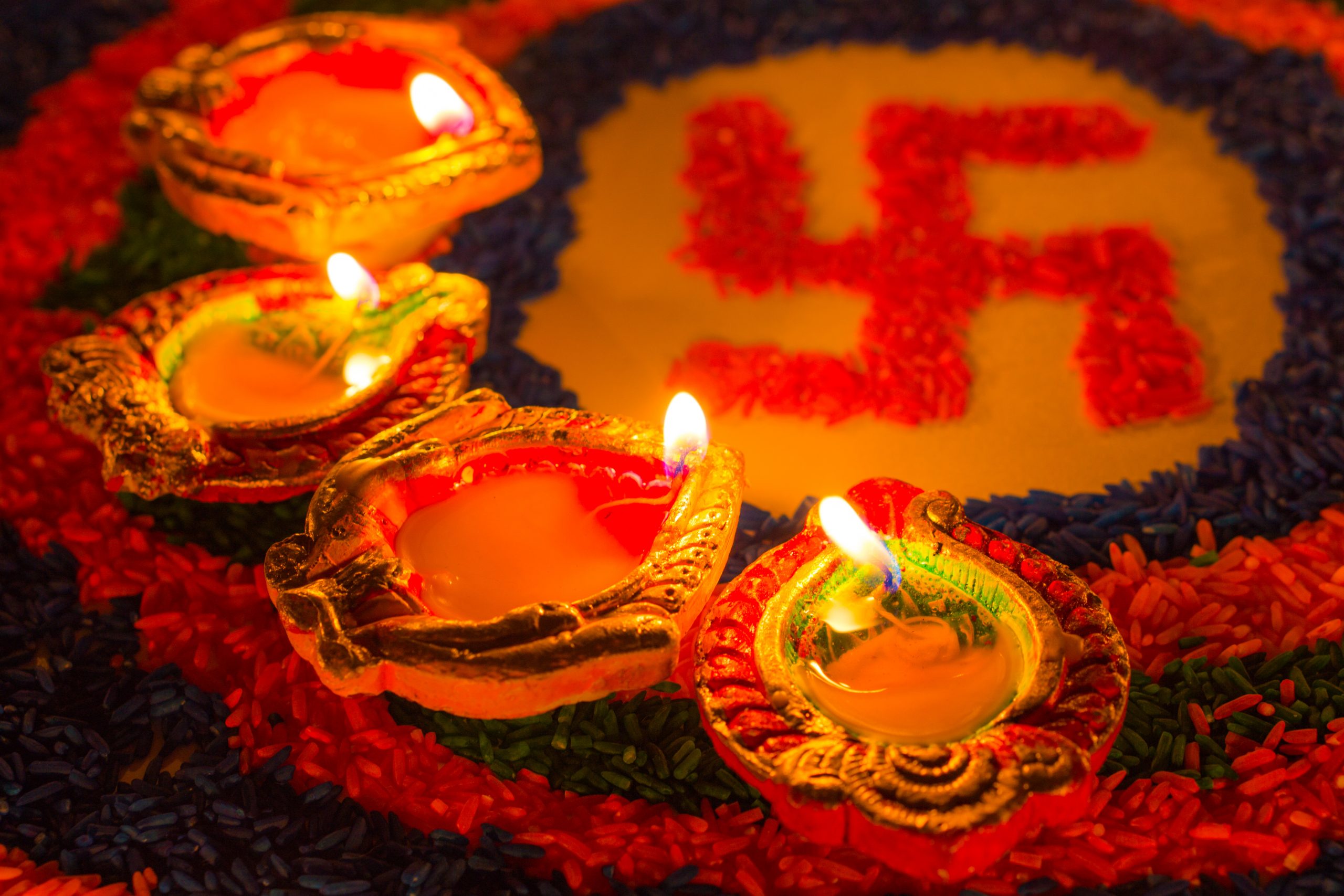Bhutan is a multi-ethnic, multilingual country home to a number of ethnic and religious groups, including Drukpa Buddhists and Lhotshampas, the overwhelming majority of whom are Hindu, but also include Tamang and Gurung who are Buddhist, and Kirati who are animists. Although Drukpa Buddhists are politically and religiously dominant, Lhotshampas comprise a substantial minority. The Lhotshampas are descendants of Nepalese who have lived in Bhutan for centuries, with increased immigration to the southern lowlands of Bhutan in the nineteenth century. (Leech, 2013) The first group of Lhotshampas settled in Bhutan in the sixteenth century after an agreement between Shabdrung Nawang Namgayal of Bhutan and King Ram Shah of Gorkha (in Nepal). (Dhakal, March 26, 2020)
During the 1980s, the Bhutanese authorities adopted a series of nationalist policies that sought to undermine the influence of the ethnic Nepalis, including citizenship laws that disenfranchised many ethnic Nepalis by declaring them “illegal immigrants.” (Leech, 2013)
In the name of national integration, the government implemented various ethnically, religiously, and linguistically discriminatory policies such as the “One Nation, One People” policy, aimed at forced homogenization of a multi-ethnic society. This policy was designed to annihilate the culture, religion, and language of Lhotshampas and other minority ethnic, religious, and linguistic groups. Under its regulations, all non-Drukpa ethnic and minority groups were required to disregard their distinct social and cultural identities, and conform to the socio-religious framework created by the politically and economically dominant Drukpa Kargyudpa, to which the royal family belongs. (Leech, 2013) This resulted in the banning of the Nepali language (spoken by Lhotshampas) in schools, for instance.
In order to enforce these policies, the government pursued a violent pogrom of intimidation of the Lhotshampas in southern Bhutan. Their property was destroyed, and activists were arbitrarily detained and tortured. Individuals were forced to sign voluntary migration certificates before being expelled from the country. (Frelick, 2008; Human Rights Watch, 2003) In December 1990, the authorities announced that Lhotshampas, who could not prove that they were residents of the country before 1958, must leave the country. (Human Rights Watch, 2003) The lack of official identity documents for many Lhotshampas, despite having roots in the country for generations, made proving residency virtually impossible. This made tens of thousands of Lhotshampas stateless, forcing them to flee to Nepal and the Indian state of West Bengal. It is estimated that more than 100,000 Bhutanese citizens, approximately one-sixth of the kingdom’s total population of 700,000, were forced to leave. (Tumin, 2018)
Following the crackdown, the government severely curtailed the basic religious rights of the remaining Hindu community, including closing Hindu temples in Lamidara, Surey, Sharbang, and Dagapela, while turning the Sanskrit Pathshalas (schools) in Lamidara, Surey, and Dagapela into army barracks. This state suppression of the Hindu community in Bhutan continued for more than two decades. (Dhakal, n.d.) Additionally, Bhutanese American community leaders assert that the government then began “resettling” Bhutanese from the Northern, Eastern, and Western parts of the country into the South and onto the lands of the exiled Lhotshampas, even changing the traditional Nepali names of villages and landmarks to Drukpa Buddhist names.
Approximately 18,000 to 20,000 refugees sought shelter in India, but were not granted formal refugee status and worked as manual laborers to survive while living on the margins of Indian society. (Mahalingam, 2012; Chandrasekharan, 2017) In Nepal, the United Nations High Commission for Refugees (UNHCR) set up camps to accommodate the Bhutanese refugees. Many of the refugees that did not live in the camps assimilated into Nepali society.
Bhutan’s refusal to repatriate any of the refugees led to the “resettlement movement” beginning in 2007, whereby the refugees were resettled from Nepal to third-party countries. (Chandrasekharan, 2017) To date, over 100,000 refugees have been resettled in third countries, including approximately 96,000 in the United States. There are now only around 6,500 registered refugees remaining in two camps in Nepal waiting to exercise their right to repatriation to Bhutan (CIA World Factbook, 2020; Dhakal, February 2020). Given Bhutan’s unwillingness to accept any refugees in the past, it is unlikely that they will repatriate any of the remaining refugees in Nepal. (Chandrasekharan, 2017) Moreover, there have not been any meaningful discussions between Bhutan and Nepal about repatriation since negotiations stalled in 2003. (Dhakal, 2020)
Refugee Resettlement
In 2007, the UNHCR in conjunction with third party countries began to resettle the Bhutanese refugees living in seven camps in Nepal. More than 110,000 have been resettled in the following countries: Australia, Canada, Denmark, New Zealand, the Netherlands, Norway, the United Kingdom, and the U.S., (Shrestha, 2015) which has resetted over 96,000 refugees. (Dhakal, 2020) In the U.S., the refugees have been resettled in all 50 states, with particularly high concentrations in Texas, Pennsylvania, Ohio, and Arizona.
The refugees that have been resettled to the U.S. and other countries, as well as those still remaining in the camps, have faced a number of challenges, particularly mental health issues and a high incidence of suicide. Bhutanese refugees had a high suicide rate while in the camps in Nepal (20.7 per 100,000 people) and similarly have had a high incidence of suicide here in the U.S. (24.4 per 100,000 people compared to a rate of 12.4 for the general population). (Brown et al., 2019)
At the same time, the rate of depression within the Bhutanese community is estimated at 21% or three times the general U.S. population of 6.7%. (Preiss, 2013,) Economic problems, social isolation, linguistic barriers, prior trauma, and the inability to maintain cultural and religious traditions, among others, were all cited as significant motivations for suicide, suicidal ideation, or mental health issues. (Brown et al., 2019)
Furthermore, pressure to convert to Christianity by Christian groups providing aid to the refugees has been a significant source of tension and mental stress within the community and has disrupted family and social ties. According to community sources, in Western Michigan, for instance, 25% of the estimated 3,000 strong Bhutanese population have now converted to Christianity. This pressure to convert might be one possible indicator as to why approximately 92% of the suicide victims were from Hindus families, while only one was a Christian, according to community sources.
While there are still significant challenges facing the Bhutanese refugee community, as noted above, many community members are also making great social, economic, and political strides in America. In Reynoldsville, Ohio, for example, Bhuwan Pyakural made history by becoming the first Bhutanese refugee elected to government office when he won a seat on the Reynoldsville city council in 2019. (NRB, 2019)







































